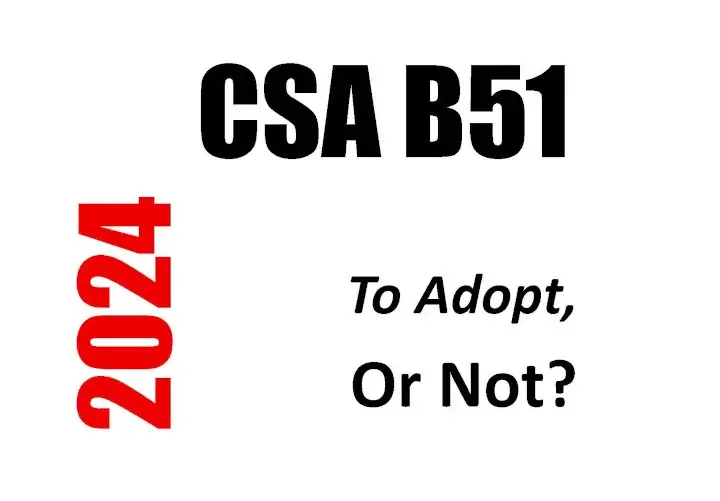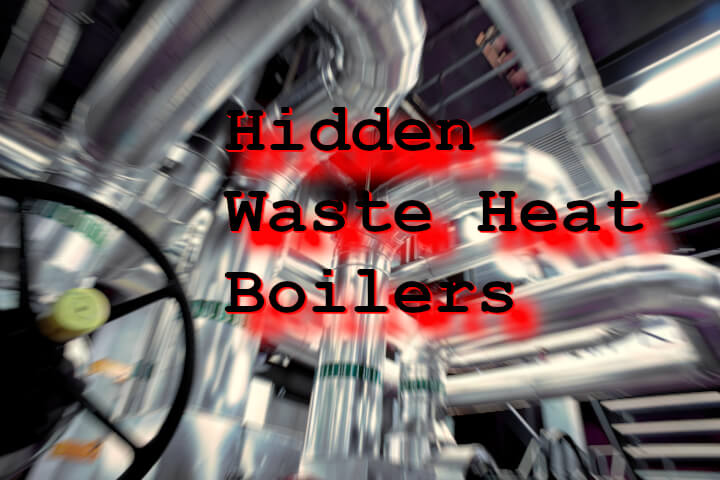Have you ever tried to sing along with the radio? Sometimes, harmony just doesn’t happen easily. Now, consider 13 people trying to sing along to the same tune. For them to sing in harmony, even with the same music, they would need to work at it quite a bit. But, I digress.
To get a Canada wide CRN (Canadian Registration Number), applications to 13 separate jurisdictions need to be considered and a comparable number of separate, independent regulatory reviews are required. Why? Well, in short, each province or territory in Canada is constitutionally responsible for legislation about public safety within their boundaries. Hence, time for parallel and separate reviews, then separate and additive fees, and then separate registrations, etc. are currently required. In this day and age, when ideas can flash around the globe at a key stroke, national CRN registration of designs (i.e. ideas) in Canada seems to be, well, quite awkward and glacial in December.
This is not to say that regulators do a bad job. On the contrary, they are needed, appreciated, and certainly do contribute to the safety of the populace by helping owners of equipment (users, manufacturers, distributors, etc.) meet safety requirements. Indeed, regulators are of particular importance at a time of increased public scrutiny in relation to safety, and responsibility. This series of articles is about the system that pressure equipment regulators currently operate in.
But can there be improvements to the CRN registration system? Can it be more harmonious, in better tune? Of course. CRNs are still needed. But in our opinion, there must be a willingness, and some proper foundation, for change.
Now, imagine a world where getting a CRN registration in Canada is harmonized. In other words, CRN registration in this world is a one stop process, that includes just one high quality, third party regulatory review. Safety would be maintained or even enhanced from the status quo, and barriers associated with the time for different reviews and additive costs would be gone.
“Safety would be maintained or even enhanced from the status quo.”
To get to such a new world, what sorts of foundations would properly drive this harmonized change to the CRN registration process? In our opinion, such a drive would necessarily have at least two foundations for it to truly be in the public interest.
The first foundation would be a drive towards enhanced and maintained levels of public safety. Owners could be encouraged, nationwide, to meet established and documented requirements prescribed from the collective experience of pressure equipment regulators across the country. Each ‘port’ of entry to nationwide CRN registration, if you will, would enforce the exact same high requirements based on collective regulatory experience. Selection of nationwide requirements should never be a race downhill so that in effect, the lowest common denominator, weakened or lessened, requirements would result. No, the highest topical CRN requirement currently in place should be selected nationwide in each case.
“Barriers associated with the time for different reviews and additive costs would be gone.”
The other foundational driver would surely be economic. A more efficient and shorter registration process would encourage foreign and domestic manufacturers. A shorter response time from the manufacturer to the market would obviously have economic and competitive benefits for Canadian industry. These benefits, though obvious, would be difficult to reliably quantify. Subject to maintained and enhanced safety, this driving force must be managed well.
With these two drivers, surely there is likely a willingness amongst the public and industry, together with the provincial and federal governments, for change. But time will tell.
As this year draws to a close, here’s hoping that the future will usher in an era where requirements across Canada are held high for the safety and economic benefit of all.
Details relating to the implementation of any harmonized CRN registration process are important. As time permits, future Cammar Corp blog articles will explore how the implementation of a harmonization process could, in some cases, be a benefit or a disadvantage to the public interest. Stay tuned.




